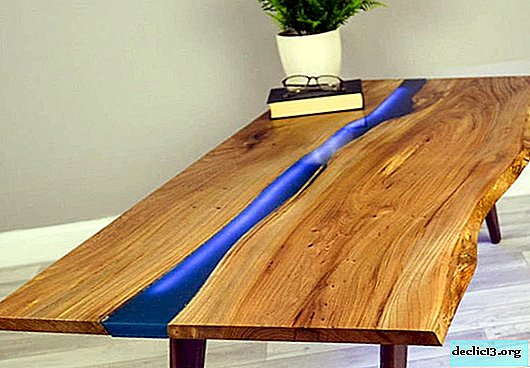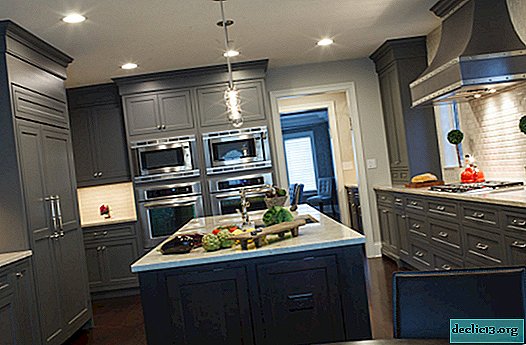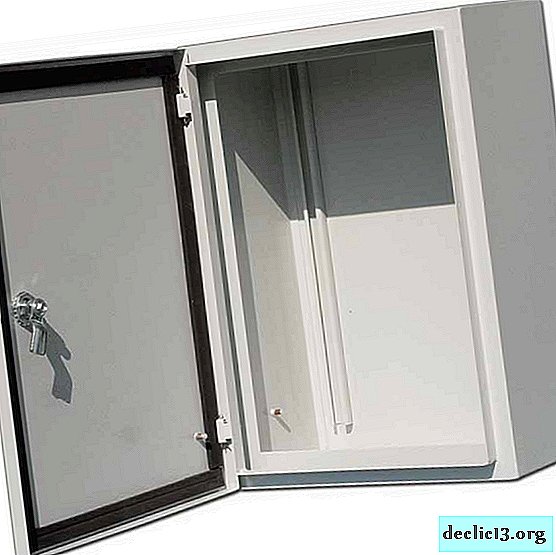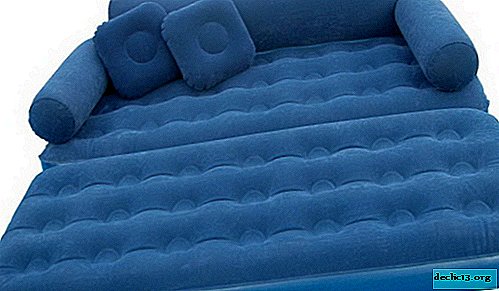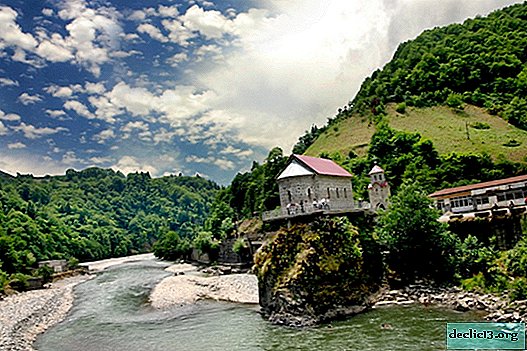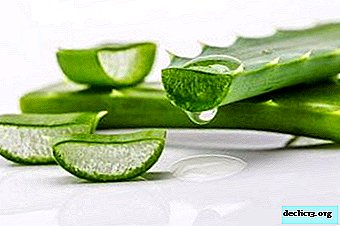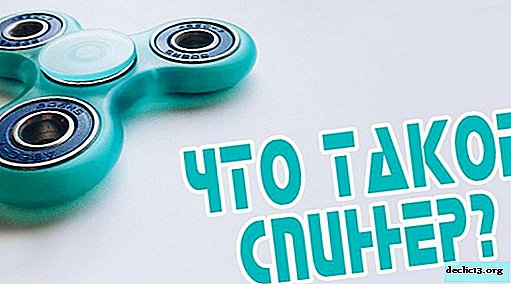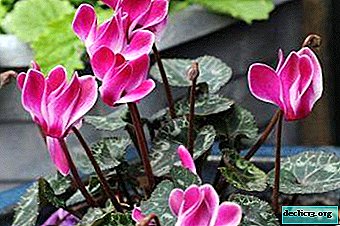Facade options for a sliding wardrobe, how to choose
Sliding wardrobes appeared relatively recently and have already gained great popularity. A wide variety of furniture designs allows you to perfectly fit them into any interior. This is facilitated by the facades of sliding wardrobes, which are sliding-type sashes on the front side of the product. They differ in the number of elements, the material of manufacture and decoration options.
Varieties
Choosing a cabinet, many pay attention to the facade of the structure, since it should ideally fit into the interior, combining with all the design elements. It is important to remember that facades can differ from each other in different characteristics.
By the number of wings
The number of doors depends on the length of the furniture. The minimum value is 1 meter, and the maximum is not limited. This leads to the fact that the number of leaves varies from two to infinity. When designing, it is important to consider the number of doors so that the furniture can be easily assembled and operated.
It is more convenient when the length of one leaf is from 70 to 90 cm. These data help to calculate exactly how many doors will be in the closet. They can be wider or narrower depending on the type of construction. Making one sheet longer than 1 m is not recommended, as it will soon begin to deform. Too narrow doors do not have the proper stability and periodically fall out. In such cases, it is better to give preference to the conventional swing mechanism.
The limit of the width of the closet is tied to the size of the guide. The standard part has a length of 4-5 m. It can accommodate 4-7 leaves. The guides do not fit together, since the lower wheels wear out quickly during regular sliding along the joint. To solve this problem, a partition from chipboard is placed between the guides. It allows the production of sliding wardrobes of any length.
 With two wings
With two wings Five Sash
Five Sash With three wings
With three wings With four wings
With four wingsAccording to the material of manufacture
For the manufacture of facades, various materials can be used, each of which has its own characteristics:
- mirror - a sliding wardrobe with mirrored leaves fits perfectly into the interior of the hallway and other rooms. Only one leaf can be made of mirror material or all at once. Such furniture visually increases the area of the room, therefore it is often used in small apartments;
- plastic is a relatively cheap material, which, despite this, looks solid. The gloss on its surface perfectly emphasizes the style of modern interiors. For production, practical and reliable material is used;
- particle board is most often used for the manufacture of facades. It has a number of advantages - durability, low cost, a large selection of models. In addition, chipboard is easy to care for. All plates are varnished, after which the surface can acquire any color or imitate the shades of wood;
- bamboo - such facades support the general idea of premises made in ethnic, oriental and eco-style. Bamboo is glued to strips of fabric that are attached to MDF or particleboard webs. Such furniture makes the interior unusual and cozy;
- tree - sashes made of real wood look incredibly luxurious on the photo and live. They can be decorated with elegant carvings. The material is absolutely harmless, so it is ideal for bedrooms and children's rooms. Such furniture fits perfectly into classic interiors. Cabinets with wooden facades are expensive;
- leather or leatherette - the material is placed on MDF or chipboard panels. Leather doors make the room respectable. They are appropriate in libraries, classrooms, halls, made in classic design. Leather is often combined with glass, mirror and metal;
- MDF - similar models are suitable for closets, walk-in closets, hallways and corridors in any style. The product has the appearance of a classic cabinet furniture. The color of the wardrobe made of MDF is usually plain, neutral shades prevail;
- rattan is a dense material that is created from a rattan palm. Furniture from it is made mainly in those countries where this tree grows. Rattan wings are environmentally friendly and highly elastic. They look good on photos in rooms in a country or eco style;
- Lacomat is a frosted translucent glass. On the one hand, it hides the contents of the cabinet, and on the other, it helps to understand what is in it. It is easier to look after it than a regular mirror surface. Lakomat looks reserved and visually enlarges the room;
- lakobel is a colored glass. Varnishes for its coating come in any shades, so the facade is easy to choose for the existing interior. It is preferable to use such a cabinet in modern styles, for example, minimalism or hi-tech;
- decoracryl - it combines two types of materials at once. A panel made of natural materials is inserted between two acrylic paintings. Which insertion options to use depends only on the taste of the buyer. Often use leaves, flowers, shells, butterflies and so on. Acrylic can be matte, transparent or translucent. Such a facade looks unusual and attracts the attention of others.
The choice of material for the facade of a sliding wardrobe depends on the functions of the product and the capabilities of the buyer. The most inexpensive option is chipboard + mirror. A blank facade is 15-20% cheaper than a mirrored facade.
 Decoracryl
Decoracryl Wood
Wood Rattan
Rattan Chipboard
Chipboard Mirror
Mirror Leather
Leather MDF
MDF Plastic
Plastic Lacobel
Lacobel Lacomat
Lacomat Bamboo
BambooDecoration options
If desired, the facade can be originally decorated using various options for this:
- sandblasting - this technology allows you to refine the facade. Any pattern with a matte surface is applied to a mirror or glass. The image can be anything, so the decor option allows you to install sliding wardrobes in classic and modern interiors;
- fachwerk - options for the facades of sliding wardrobes with fachwerk elements look no less spectacular in the photo. The ideal design solution is a dark-colored profile on a light filling made of milk-colored plastic;
- photo printing - photo printing technology helps make the cabinet unique and inimitable. To do this, you can independently select any image. This decor option has appeared recently, but has already gained great popularity;
- painting - design painting on a mirror or glass is performed in various colors. MDF inserts can also be painted if the milled element is processed on a CNC machine;
- film stained-glass window - has a democratic value, therefore it is available to any buyer. Flat glass with applique gives the facade a luxurious look. This technology cannot be called a real stained glass window, but if you use high-quality film, it will be difficult to distinguish it from the original. The material is monochrome or with various effects. Hues do not fade or wash off over time;
- fusing - for this technology, pieces of glass to create incredible patterns are sintered under the influence of high temperature. For a sliding wardrobe only small elements of stained-glass windows in fusing style are used. They are glued to a mirror or glass. Modern technologies help to obtain volumetric or flat patterns;
- Bevel - allows you to get a luxurious facade of the closet. This is the name of flat glass plates of various tones with beveled edges with a thickness of not more than 1.5 mm. Fancy patterns are assembled from them, which are attached to the glass or mirror with the help of special glue and an ultraviolet lamp;
- Batik is a hand-painted fabric. To decorate the sliding structures, a technical batik is taken, on which a transparent adhesive is applied. Next, the fabric is attached to the glass using a laminator. Only high-quality images are used;
- spraying - used in the manufacture of expensive facades. Various substances are applied to the sash to create a pattern. Priority is given to two technologies - magnetron and ion-plasma sputtering;
- Laser engraving - looks interesting on a sliding wardrobe. The drawing is created by a special engraving installation. Material evaporates where the tool touches its particles. This decoration option helps to get any realistic image. The pattern can be engraved both on the outside and on the inside of the glass;
- mural - with the advent of the digital mural, it became possible to use decor for the decoration of furniture facades. The mural helps create a durable and realistic design. To decorate the furniture, the selected pattern is applied to the non-woven fabric. Then it is varnished and rubbed with marble chips;
- milling - processing of the facade for sliding door wardrobes with the help of a milling cutter is suitable for MDF or natural veneer. The following types of milling are applied - superficial, deep, through. The milled leaf is striking in its unusualness, since an image of any complexity can be applied to the canvas;
- The charming and mesmerizing appearance of the facade helps to achieve masonry mosaics. Glass elements of various shapes are used to create spectacular images. Mosaic masonry is a laborious task and therefore expensive;
- veneer - a thin layer of wood. For decoration, expensive wood species are usually used. Veneer helps to achieve an unusual and unique appearance of the sliding wardrobe. Artistic veneering will award furniture with an aristocratic look. To create the effect, veneer pieces are attached to the substrate, sanded and varnished;
- airbrushing - previously the technology was used for tuning vehicles. Today, any new items are widely used for decorating wardrobes. An airbrush is used to apply the image;
- film - materials with different patterns make it possible to diversify the boring look of the facade of a sliding wardrobe with your own hands. They perform decorative and protective functions. The film is inexpensive, and the photo gallery will assess how spectacular such design options look. To create a refined look of a sliding wardrobe, designers recommend using corner patterns. They effectively decorate the facade and leave an important part of the mirror surface free;
- matting paste - its use helps to create a picture on a mirror or glass surface independently. All that is required is a rubber spatula and a stencil. When interacting with the paste, the material loses the upper silicon layer. At the end of the work, the remnants of the product are removed with water.
 Laser engraving
Laser engraving Bevel
Bevel Fusing
Fusing Airbrushing
Airbrushing Painting
Painting Photo printing
Photo printing Milling
Milling Fresco
Fresco Fachwerk
Fachwerk Sandblasting
Sandblasting Film stained glass
Film stained glass Batik
BatikMaterial combination
Combined facades look most impressive in the photo. Their main advantage is the simplicity of selection for the interior of the room. The design of the facades when combined can be:
- classic - alternating deaf flaps with mirrored;
- geometric - the facade is created from rectangles with various materials;
- diagonal - the profile divides the canvas diagonally. Each part is filled with different materials;
- sector - canvases are divided into sectors, the types of facades for which are selected according to the sketch;
- wave - curved profiles create unusual waves on the facade surface.
A sliding wardrobe with glossy facades is one of the simplest and most inexpensive options. A film of polyvinyl chloride or acrylic is applied to the surface. They are easily combined with other materials.
Successful combinations of materials for sliding wardrobes:
- MDF or particleboard + mirror;
- Bamboo + Lacomat;
- MDF or particleboard + lacomat;
- mirror + plastic;
- leather + wood;
- plastic + leather;
- plastic + varnish.
Especially elegant looks the facade of three wings, combined in a diagonal way. There is a mirror in the central sections, and plastic on top and bottom.It is difficult to imagine a modern interior without a sliding wardrobe. This practical furniture, due to the huge variety of decoration and combination options, can become a real work of art. Attractive is the fact that you can order any facade to your liking, and to make a choice, you should look at a selection of photos.
 Wave
Wave Sector
Sector Classic
Classic Diagonal
Diagonal Geometric
GeometricVideo
Photo


















